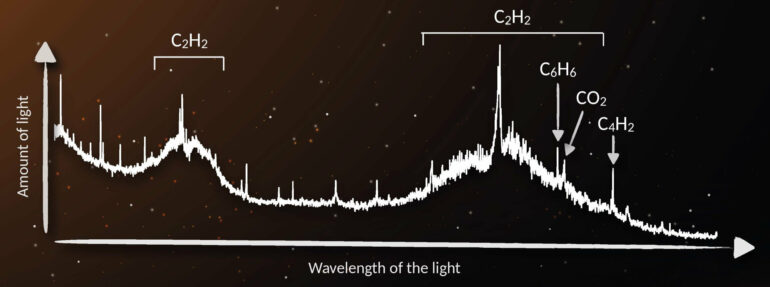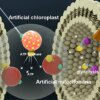Thanks to data from a magnified, multiply imaged supernova, a team led by University of Minnesota Twin Cities researchers has successfully used a first-of-its-kind technique to measure the expansion rate of the universe. Their data provide insight into a longstanding debate in the field and could help scientists more accurately determine the universe’s age and better understand the cosmos.
The work is divided into two papers, respectively published in Science and The Astrophysical Journal.
In astronomy, there are two precise measurements of the expansion of the universe, also called the “Hubble constant.” One is calculated from nearby observations of supernovae, and the second uses the “cosmic microwave background,” or radiation that began to stream freely through the universe shortly after the Big Bang.
However, these two measurements differ by about 10 percent, which has caused widespread debate among physicists and astronomers. If both measurements are accurate, that means scientists’ current theory about the make-up of the universe is incomplete.
“If new, independent measurements confirm this disagreement between the two measurements of the Hubble constant, it would become a chink in the armor of our understanding of the cosmos,” said Patrick Kelly, lead author of both papers and an assistant professor in the University of Minnesota School of Physics and Astronomy.
“The big question is if there is a possible issue with one or both of the measurements. Our research addresses that by using an independent, completely different way to measure the expansion rate of the universe.”
The University of Minnesota-led team was able to calculate this value using data from a supernova discovered by Kelly in 2014—the first ever example of a multiply imaged supernova, meaning that the telescope captured four different images of the same cosmic event. After the discovery, teams around the world predicted that the supernova would reappear at a new position in 2015, and the University of Minnesota team detected this additional image.
These multiple images appeared because the supernova was gravitationally lensed by a galaxy cluster, a phenomenon in which mass from the cluster bends and magnifies light. By using the time delays between the appearances of the 2014 and 2015 images, the researchers were able to measure the Hubble Constant using a theory developed in 1964 by Norwegian astronomer Sjur Refsdal that had previously been impossible to put into practice.
The researchers’ findings don’t absolutely settle the debate, Kelly said, but they do provide more insight into the problem and bring physicists closer to obtaining the most accurate measurement of the universe’s age.
“Our measurement favors the value from the cosmic microwave background, although it is not in strong disagreement with the supernova value,” Kelly said. “If observations of future supernovae that are also gravitationally lensed by clusters yield a similar result, then it would identify an issue with the current supernova value, or with our understanding of galaxy-cluster dark matter.”
Using the same data, the researchers found that some current models of galaxy-cluster dark matter were able to explain their observations of the supernovae. This allowed them to determine the most accurate models for the locations of dark matter in the galaxy cluster, a question that has long plagued astronomers.
More information:
Patrick Kelly et al, Constraints on the Hubble constant from Supernova Refsdal’s reappearance, Science (2023). DOI: 10.1126/science.abh1322. www.science.org/doi/10.1126/science.abh1322
Provided by
University of Minnesota
Citation:
First-of-its-kind measurement of the universe’s expansion rate weighs in on a longstanding debate (2023, May 11)



